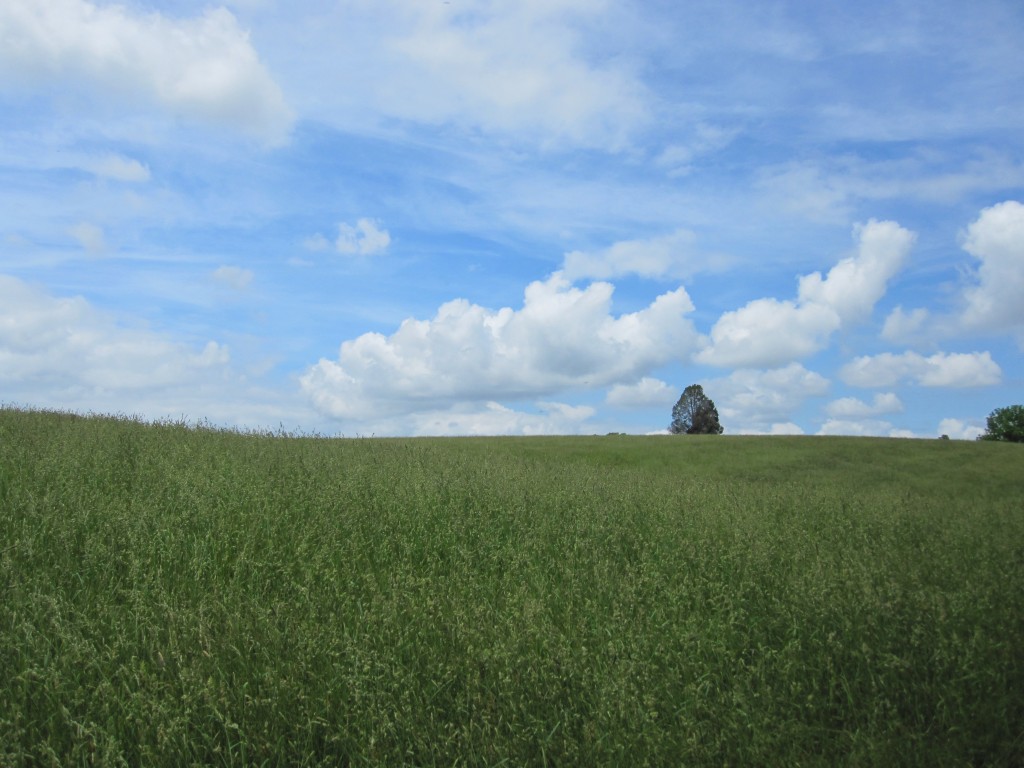
The Blue and the Gray have emerged from winter quarters. As the roads dry up and allow for the movement of artillery, the fighting heats up. And the tour buses roll into the battlefields, from Gettysburg to Cold Harbor to Antietam.
Many people visit battlefields to retrace the movements of men and weapons 150 years ago. Many do so to pay reverence to ancestors who fought and perhaps died in that place. What they seek is a true sense of what happened there. Those of us with a passion for this period of American history may crave to go even further: to find ourselves “in” the 1860s, even just for a few moments.
Some preparation enhances the experience. Read up on the battle ahead of time, if you can. (A few excellent resources are Civil War Trust and National Park Service. Be sure to check out CW Trust’s battlefield apps.) Stop in the ranger lodge and check out the maps and other information.
If you’re offered the opportunity for a walk-about with a ranger, take it. They can tell you how the battlefield was back when: the weather, the cornfield where now there is a forest, the house built afterwards, the house that is gone. Rangers don’t generally enjoy being lectured by know-it-alls, but they do enjoy nuggets offered by enthusiasts, and they definitely want to hear stories handed down in your family. Another opportunity to pursue the past is to attend a reenactment, usually done on battle anniversaries. They can be more or less authentic — some ban modern conveniences, some mix them in with Civil War era camplife.
Dedicated reenactors try to recreate a true Civil War experience, chasing those moments when modern life yields to the past by reproducing the clothes, artifacts, and life of period as faithfully as they can. For the average visitor, of course, donning a Civil War uniform accurate down to the buttons and stitchery isn’t an option. “But even at its most inauthentic,” says re-enactor Matt Dellinger, “re-enacting can be a meditation.” Whether at a re-enactment, within a horde of tourists, or by yours, a meditative frame of mind can slip you into that time and place.
During your battlefield visit, at a place you find most poignant, sneak off for a few minutes of solitude. Listen, smell, gaze. Reach down and touch the earth. Feel the sun on your skin, taste the rain.
The same sun and rain touched the skin of the people of the Civil War, and the same earth supported them. Their time and place is in the land beneath your feet, the ground that absorbed them, wave on wave, men and animals, trees and grass and crops. Blood and bones under, and over again to the life around you.
Sources: On re-enacting Derek Allen Clements / Matt Dellinger Disunion NYT